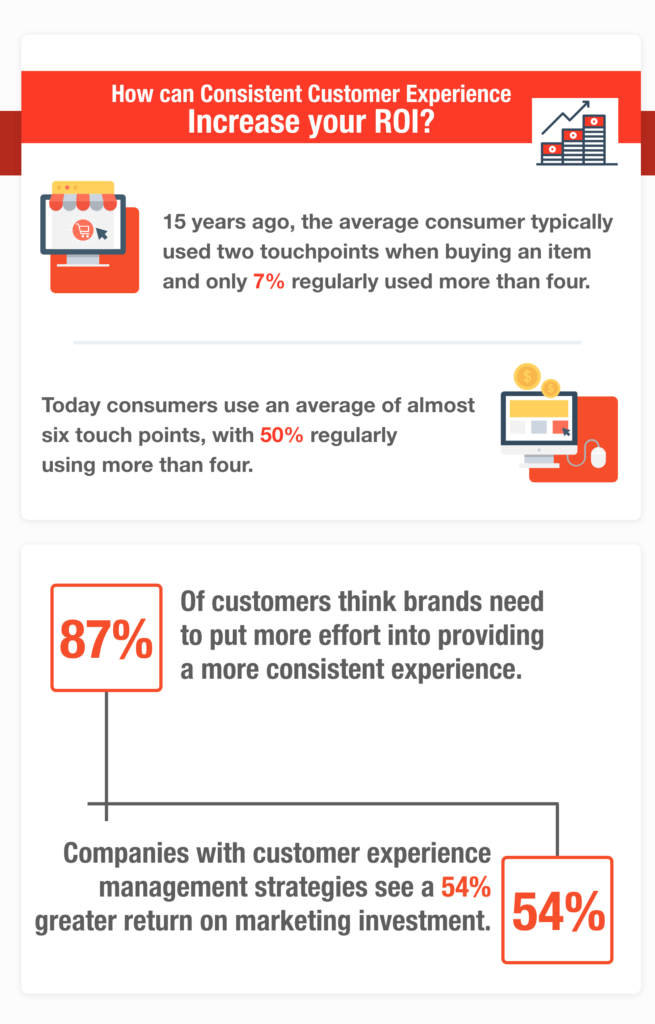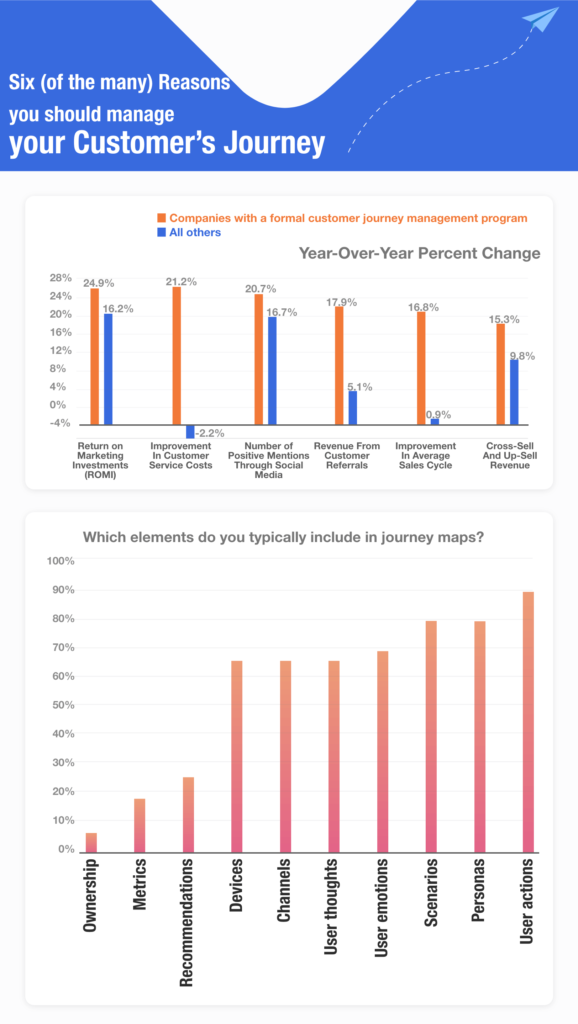Why do you need a customer journey map?
Though you may be under the misconception that you already understand the customer needs and their pain points, but when you break down the customer journey into small phases while restructuring the touchpoints is instrumental to maximize customer success.
How to create a customer journey map?
1. Create an accurate buyer persona
This is the first step that you need to take when you are on your way to creating an accurate buyer persona. One important thing to remember when you start creating a buyer persona is that you can’t just stop at “One”. The buyer persona and the behavior or interaction changes according to the buying stage they are at.
The idea is to create different personas for someone who has progressed to the stage where they are ready to make the purchase and someone who has only started thinking about finding a solution for a problem you can solve.

2. Recognize buyer goals
Once these buyer personas have been created, the next step consists of digging deep and understanding what it is that they are hoping to achieve at each step of the customer journey you have so carefully designed.
You will have to think about the buyers’ single biggest goal for each phase while maintaining enough flexibility for changes to occur.
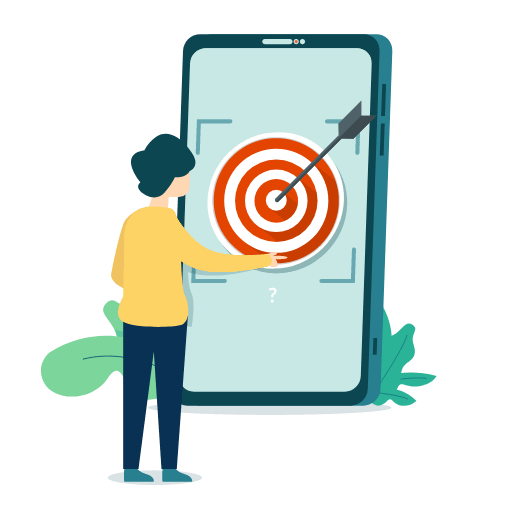
The most effective way to do this is to study the path that a customer takes on your app or site. Are they logging in, are they exploring certain categories, do you see them going back and forth, or do you sense a confusion? Create a list of all these activities. This list would help you identify all the touchpoints and individual goals associated with every touchpoint.
Now, determine the goals for each customer phase and chalk it out on your map. Once you have done that you would be able to see how close you are to accomplishing those goals and addressing the customers’ queries.
Ways to understand customers’ goals
- Conduct an in-depth survey and/or interviews for different customer groups
- Collect user testing feedback
- Go through the customer support emails and/or transcripts with a fine-tooth comb
- Find and categorize customer questions in each phase
- Identify the right customer analytics tool for getting relevant information
3. Identify buyer touchpoints
Any time a customer or buyer comes in contact with your brand is termed a touchpoint. This touchpoint can be at any time in the journey, before, during or after they make a purchase. These touchpoints also include any moments or contact that occurs online or offline, via marketing, face to face or telephonically.
Not all touchpoints have the same significance or impact.

In this step you would have to consider all the touchpoints, big or small, that occur between the customers and the brand or your company. This would make sure that you do not miss out on any pain point, concern or query from the customer which can help you make improvements.
Identifying touchpoints
In this day and age, there are multiple ways in which customers can experience your brand. Frankly, it can be quite a daunting task to bring it all together. The best way to do this is to don the customers’ shoes and walk through their journey.
Questions you must ask for identifying touchpoints
“Where to go (and how to get there) when…”
- I face a problem that your company offers a solution for?
- I find a product or business that solves my problem?
- I decide to make the purchase?
- I come across the business after making the purchase?
Once you have answers to these questions, you have all the touchpoints right in front of you.
Another way to go about this is to go and ask these very questions to your customers directly and find out how their experience has been with your company. You can also run a survey with these questions and get all this information on a platter for you.
4. List out the buyer pain points
Once you reach this step, the idea is to collate all the data (quantitative and qualitative) and let a big picture take shape. This big picture is instrumental in helping you identify probable hurdles or pain points in the customers’ journey with your brand.
This is a strong guide to help you figure out which areas are you doing great in, and where you need to make some adjustments.
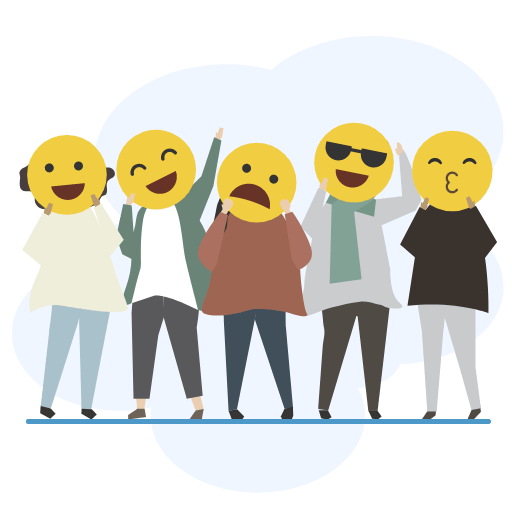
To figure out the real pain points for your customers, here are some questions (to get you started) that you can ask yourself, the customers themselves, or your staff who face the customers.
- Are the customers on my app or site able to achieve their goals?
- Which areas or elements present the maximum friction and frustration?
- Which points are the customers or potential customers abandoning purchases and what are the reasons?
After you have figured out the roadblocks and the pain points, you must mark them down on your customer journey map. To make things interesting you can also chalk out the wow moments alongside the pain points.
5. Prioritize and resolve hurdles
At this stage you would have to get into the micro perspective. For this, you would need to ask and answer (at least) the following questions.
- What do you need to improve or create?
- Do you need to scrap everything and start from scratch?
- Would some small changes be enough to make a big impact?

Let’s say, a great number of requests are coming in from your customers about the complex login process you have set up, it is time you revamped the whole thing.
Once you have identified the major hurdles in the customer journey, you need to take a step back and look at the big picture (get into the macro perspective). At this point, understand that the idea is not to make changes or optimize each touchpoint just for the heck of it. The ultimate goal is to nudge your customers further down the funnel and get them closer to conversion.
Your BIG goal is eventually to maximize the total conversions. Hence, all the actions (big or small) that you take should contribute towards this one BIG goal.
A Challenge
You might have the best intention while mapping out the customer journey, but biases take over in many cases. Most of the customer journey maps are company centric because they look at the touchpoints on the basis of the perception that the company has about where the customers should be instead of where they really are.
Remember this and consciously try and move away from this conventional way of mapping the customers’ journey and think of the customer maps as a model that can help you identify points to educate your customers. The critical thing here is to create a compelling content marketing strategy which will attract the customers and encourage them to engage with you and learn more about the brand and products or services you are offering.
6. Constantly update and tweak
You may think that once you have created the customer journey map, you are done forever. It doesn’t work that way and you can’t ever be done with it once and for all. Your customers are changing and evolving continuously, which means that your customer journey map will have to be changed all the time to match it. There has to be a dynamic quality to it, so that it can continue to grow and evolve.
It might be a good practice to test, update, and tweak your customer journey map every 6 months or so. Apart from this, whenever you make any significant changes to the product or service, you should make the necessary changes to the customer journey map immediately.

Applying your journey map to your business
Now that you know the process of creating a customer journey map, it is time to go ahead and apply it in the real world. The insights and the opportunities that you have identified will help you bring about meaningful business changes.
This customer journey map must be shared across your entire company through all the teams and departments so that the whole entity can benefit from it.
Conclusion
Today, the key to experiencing any kind of success or growth in your business lies in the customer experience. When you focus on the customers’ perspective you would definitely be able to understand their wants and needs better as well. This gives you better opportunities for creating experiences that are more satisfying for the customers.
Customer journey maps can help you create better frameworks that give more accurate insights about the customers and improve efficiency within the organization. They might not be the “Holy Grail” for you, but it is extremely effective in helping companies identify any opportunities for customer engagement and experience enhancement, increase conversions and reap in massive ROI.
Did I miss anything here? I’d love to know if you have anything to add here! Go to the comments section below and dazzle us with your insights.

